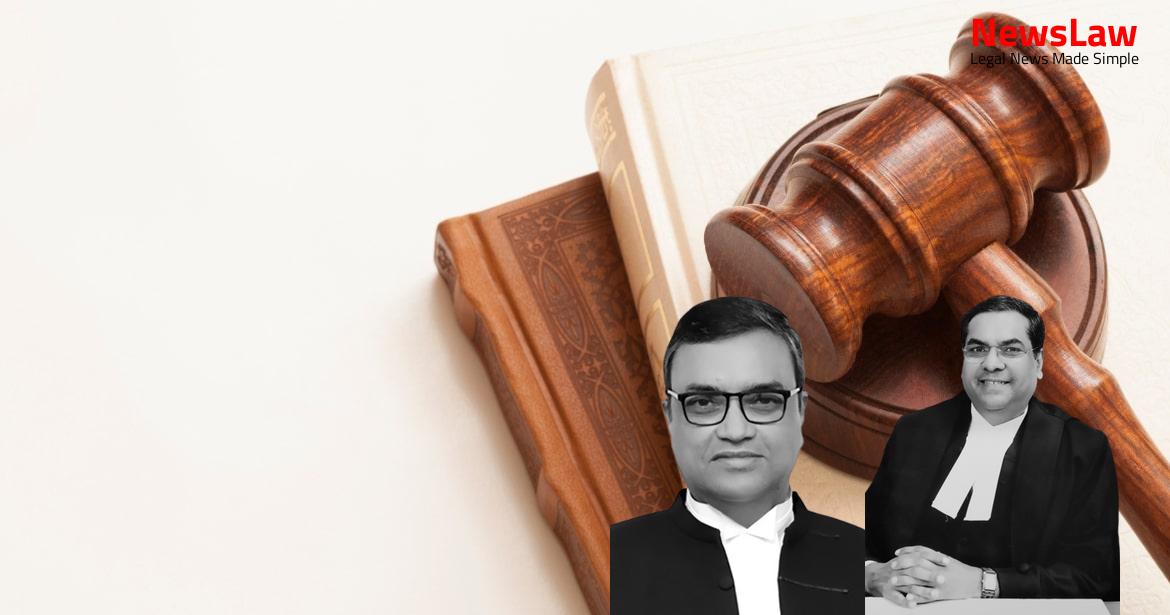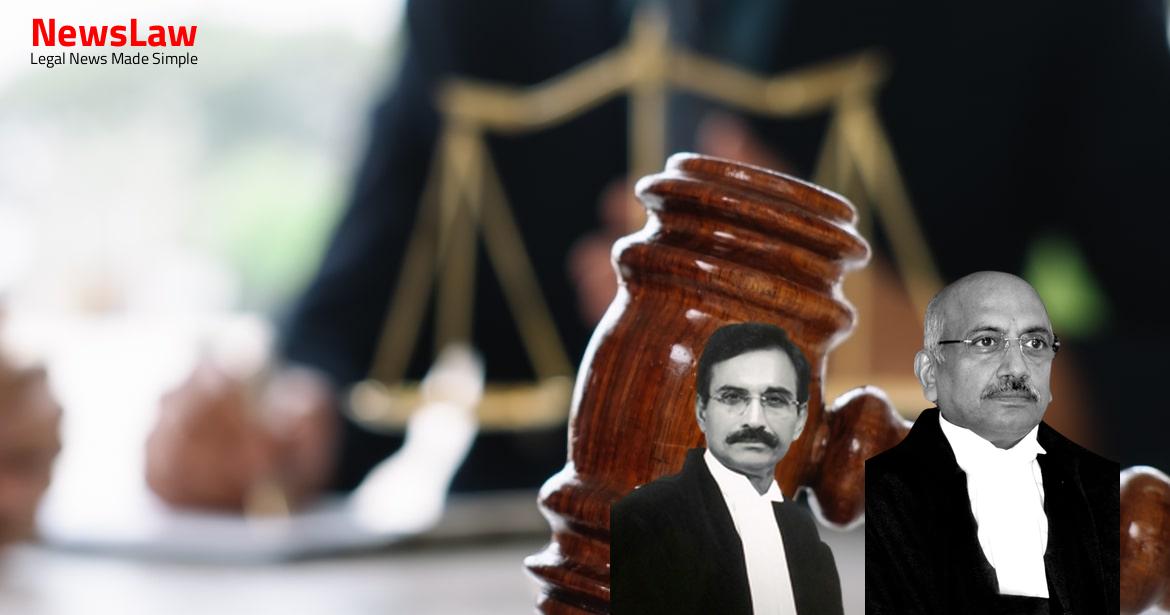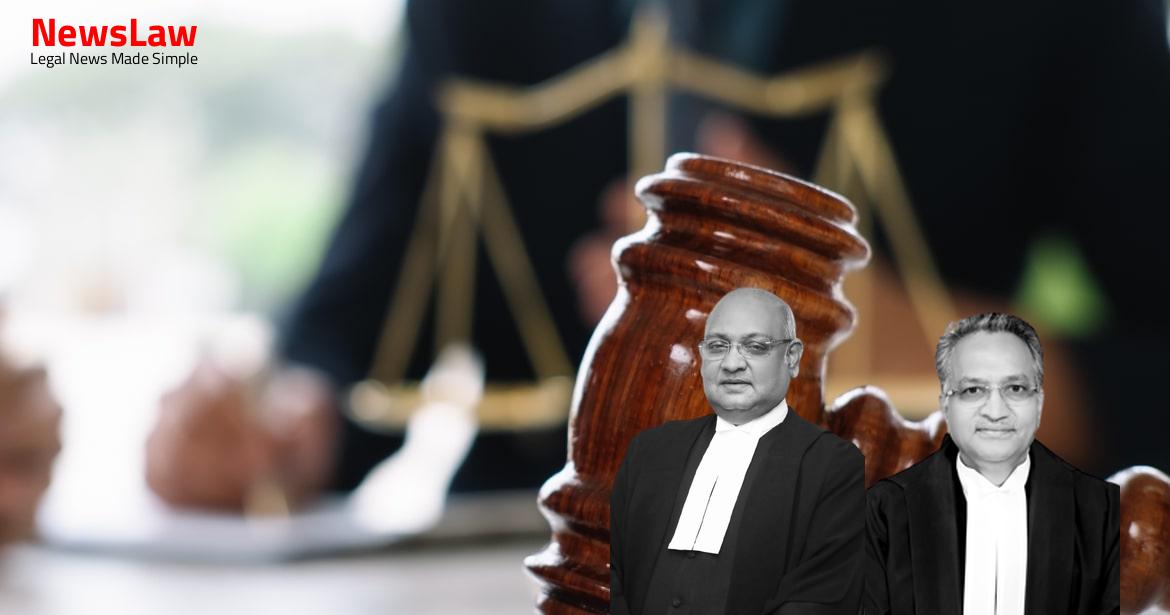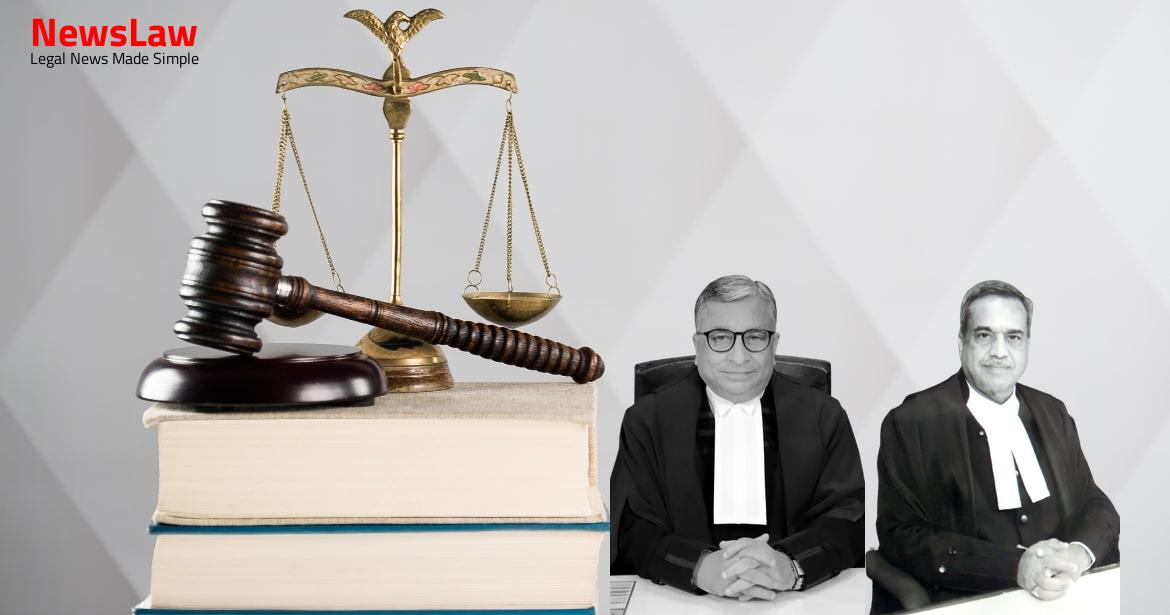In the intricate web of matrimonial disputes, one case stands out for its complexity and contentiousness. The legal saga between Maya Gopinathan, the determined appellant seeking justice, and Anoop S.B. & Another, the steadfast respondents defending their actions, has captured the attention of legal enthusiasts across the nation. At the heart of the matter lies a dispute over alleged misappropriation of gold jewellery, intertwining with issues of dowry, trust, and the intricacies of marital relationships. As the legal battle unfolds, it illuminates the challenges of navigating the judicial system and underscores the importance of evidence, trust, and the pursuit of truth in matrimonial disputes. Join us as we delve into the depths of this legal tapestry, seeking clarity amidst the complexities of Maya Gopinathan v. Anoop S.B. & Another.
Facts
- The appellant’s father gave Rs. 2,00,000 to the first respondent through a demand draft.
- On the first night of marriage, the first respondent took custody of all the appellant’s jewellery and entrusted it to the second respondent for safekeeping.
- The respondents claimed they were not aware of the exact amount of gold the appellant had as it was never weighed by them.
- The appellant alleged that the respondents used her gold jewellery to pay off their existing debts, which she deemed improbable.
- The appellant filed a petition for recovery of jewellery and the Rs. 2,00,000 payment made by her father to the first respondent.
- The appellant’s version was that she kept the key to the almirah containing her jewellery under her pillow, maintaining sole possession.
- The appellant accused the respondents of misappropriating her jewellery to settle their financial obligations.
- The first respondent claimed to be a post graduate and employed as a manager in a private company.
- Due to disputes, the spouses drifted apart over time.
- The Family Court found that RL had misappropriated the appellant’s 89 sovereigns of gold jewellery.
- The Family Court ordered RL to return Rs. 2,00,000 with 6% interest per annum to the appellant.
- The High Court partially set aside the relief granted by the Family Court as the appellant failed to establish misappropriation of gold jewellery by RL.
Also Read: SECI vs. Wind Four Renergy Pvt. Ltd.: Legal Battle Over Green Energy Project
Issue
- The appellant claimed that during pre-marriage negotiations, it was agreed that Rs. 2,00,000 would be paid to the first respondent.
- P.W.2 informed the first respondent about the 50 sovereigns of gold from the appellant’s first marriage and promised to supplement it with more gold.
- The first respondent allegedly took all the gold jewellery on the first night of marriage and gave it to the second respondent for safekeeping.
- P.W.2 transferred Rs.2,00,000 to the first respondent after marriage as agreed.
- The first respondent allegedly used the gold to clear pre-existing financial liabilities related to business activities in Kozhikode.
- The respondents disputed the appellant’s claims and denied demanding dowry as it was a second marriage for both parties.
- The respondents admitted that P.W.2 had informed them about the 50 sovereigns of gold and promised to supplement it.
Also Read: Challenges to Vires of Section 7(1) of 2023 Act
Analysis
- The High Court erred in attributing lack of bona fide solely based on the timing of the petition’s filing
- The High Court failed to consider the extensive time spent on reconciliation attempts before legal action
- Doubts on the possession and amount of gold jewelry were deemed unwarranted based on evidence
- The High Court imposed a higher burden of proof than required in civil cases
- The Family Court’s findings on misappropriation were supported by evidence and should not have been questioned
- The High Court made contradictory findings and relied on assumptions not supported by evidence
- Entrustment and non-return of jewelry by the first respondent constituted misappropriation
- The High Court demanded documentary evidence excessively, ignoring the surrounding circumstances
- The High Court’s judgment was legally unsustainable due to incorrect standards of proof and flawed conclusions
- The normal rule in civil proceedings is that a fact is established if proved by a preponderance of probabilities.
- Properties gifted to a woman before, during, or after marriage are her stridhan properties.
- Inferences must be based on objective facts, not conjectures.
- The standard of proof in civil cases, including matrimonial disputes, is preponderance of probabilities.
- Stridhan property is the absolute property of the wife with rights to dispose of it as she pleases.
- A finding of fact by a high court can be disturbed by the Supreme Court if necessary.
- The Standard of Proof in civil cases is ‘satisfied on a preponderance of probabilities,’ not ‘satisfied beyond a reasonable doubt.’
- Upholding the decree of the Family Court would bring about injustice to the appellant due to the passage of time and escalation in the cost of living
- The appellant successfully initiated action towards recovery of money equivalent to 89 sovereigns of gold, valued at Rs 8,90,000 in 2009
- Infirmities in the case are not significant enough to defeat the claim of the appellant
- On a preponderance of probabilities, the appellant has established a stronger and more acceptable case
Also Read: AIDS Misdiagnosis Case: Appellant vs. Armed Forces Tribunal
Decision
- The appellant is entitled to a sum of Rs 25,00,000/- as financial recompense.
- The High Court judgment is set aside and the Family Court’s decision in favor of the appellant is accepted.
- The appellant, presently aged 50 years, is to receive the awarded amount for comfort and security in her future life.
- The first respondent must pay Rs 25,00,000/- to the appellant within six months.
- If the payment is not made within six months, the first respondent will be liable to pay interest at a rate of 6% per annum on the sum until full payment.
Case Title: MAYA GOPINATHAN Vs. ANOOP S.B. (2024 INSC 334)
Case Number: C.A. No.-005296-005296 / 2024



